Revenue Buru mapak - Galeria publikoa
Arakatu mundu osoko Mindomoko erabiltzaileek sortutako revenue buru-mapen bilduma publiko zabala. Hemen, revenue rekin lotutako diagrama publiko guztiak aurki ditzakezu. Adibide hauek ikus ditzakezu inspirazio pixka bat lortzeko. Diagrama batzuek kopiatzeko eta editatzeko eskubidea ere ematen dizute. Malgutasun horri esker, buru-mapa hauek txantiloi gisa erabil ditzakezu, denbora aurrezteko eta zure lanerako abiapuntu sendo bat emanez. Galeria honetan zure eskemekin lagundu dezakezu publiko egiten dituzunean, eta beste erabiltzaile batzuen inspirazio iturri izan zaitezke eta hemen agertu zaitezke.
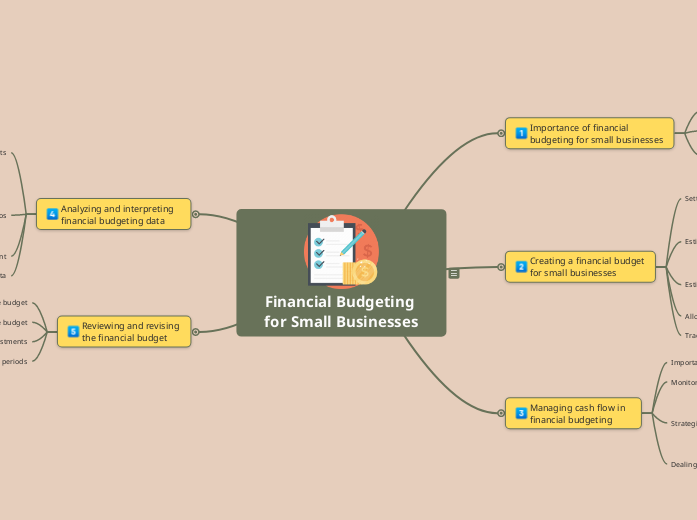

Financial Budgeting for Small Businesses
Mindomo Team‑k egina
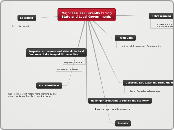

Major Issues Currently facing State and Local Governments
Raheem Brown‑k egina
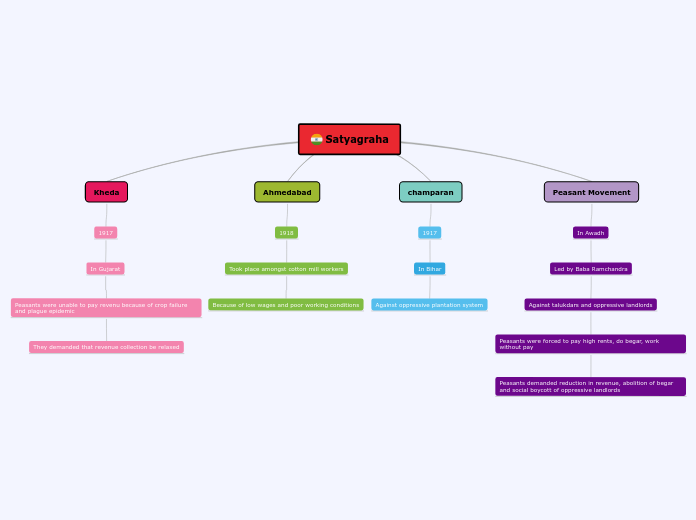

Satyagraha
Ajaz Ajaz‑k egina
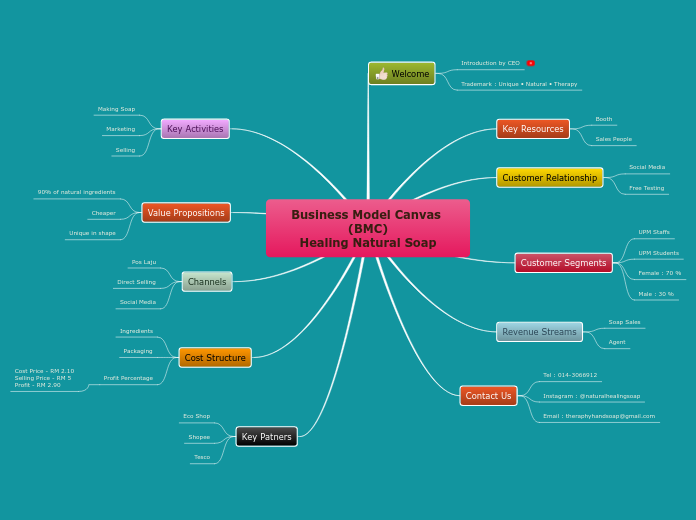

Business Model Canvas
Hafizulhelmi Hanafi‑k egina


Chapter 1 Financial Statements
Alain Garrido‑k egina
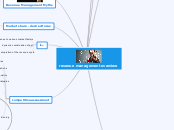

revenue management overview
Bernadett Fábián‑k egina
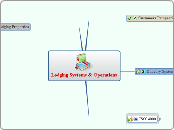

Lodging Systems & Operations - 2007/08
Mark Kor‑k egina


Starbucks
Ayuna Asalkhanova‑k egina


Accenture
Bryan Muntzer‑k egina


Report's Hierarchy
Yaroslav Menchits‑k egina
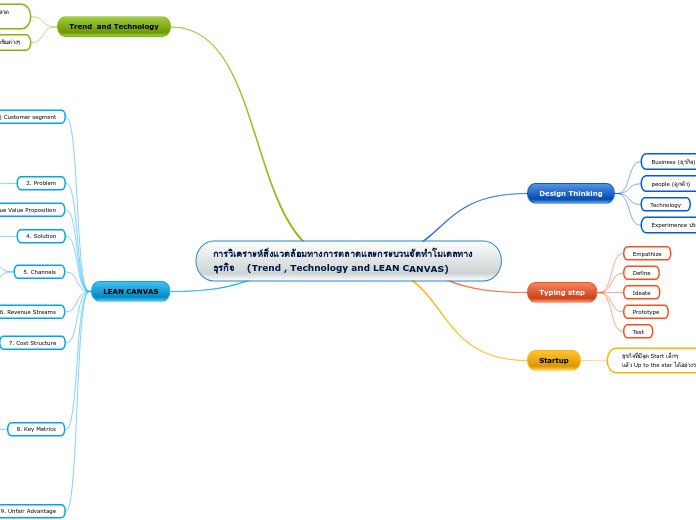

การวิเคราะห์สิ่งแวดล้อมทางการตลาดและกระบวนจัดทำโมเดลทางธุรกิจ (Trend , Technology and LEAN CANVAS)
สายรุ้ง ศรีใหม่‑k egina


Attractiveness of TUI
CARLOS PARRA‑k egina


McD (LA+C)
Pero Gruyo‑k egina


Microsoft
Lad Krishna‑k egina


aerohouse Cafe
teppei ichimori‑k egina


Acc Chapter 3 & 4
Alain Garrido‑k egina


SMART GOALS
Dyota Solutions‑k egina
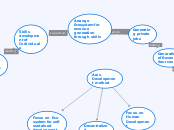

ass-2
MAYANK SRIVASTAVA‑k egina


Squirrel Disaster Recovery Plan
Arun Nagpal‑k egina


MAT.116 2.5-2.6
David Kedrowski‑k egina


iOS Finale
Eugenio di Lorenzo‑k egina


NK - Profits & Profitability
Nitin Kashyap‑k egina


Citic Telecom
Alex Tam‑k egina
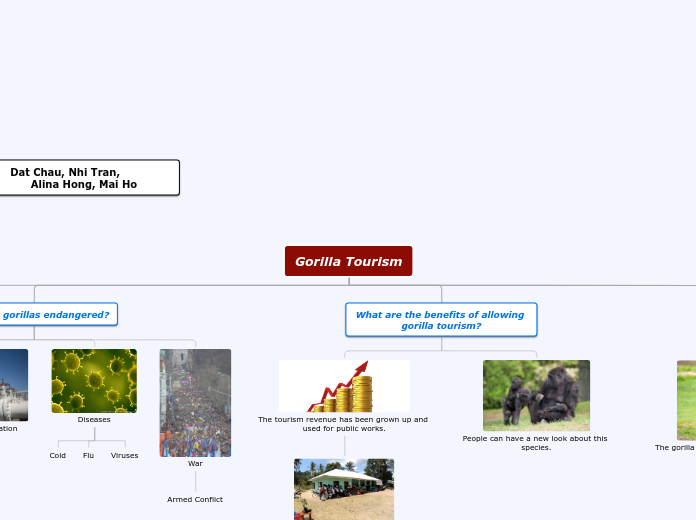

Gorilla Tourism
Ho Mai‑k egina
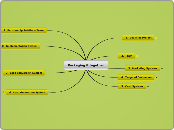

Packaging it together
Dave Kirk‑k egina
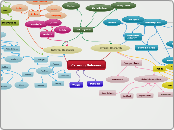

Conceptual Model
Sandra Veerman‑k egina


Agency Planning
Stewart Bronaugh‑k egina
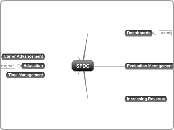

SFDC
neil harrington‑k egina
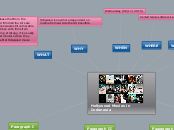

Hollywood movies in Indonesia
May Sulistyaningsih‑k egina


Coke Jeff
Laura Martin‑k egina
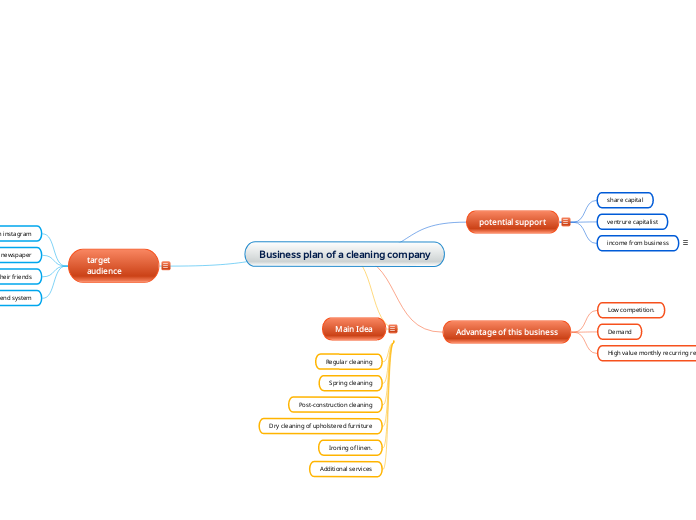

Business plan of a cleaning company
reaction power‑k egina


chapter 4
noor farize‑k egina
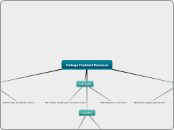

web topic
Turner Corbett‑k egina


Revenue F&B
Alexa Kachichian‑k egina


DE's BS Review - Dec 2018
Kiam Soon Chew‑k egina
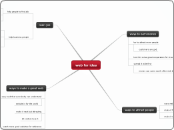

New Map
Li Yuxing‑k egina
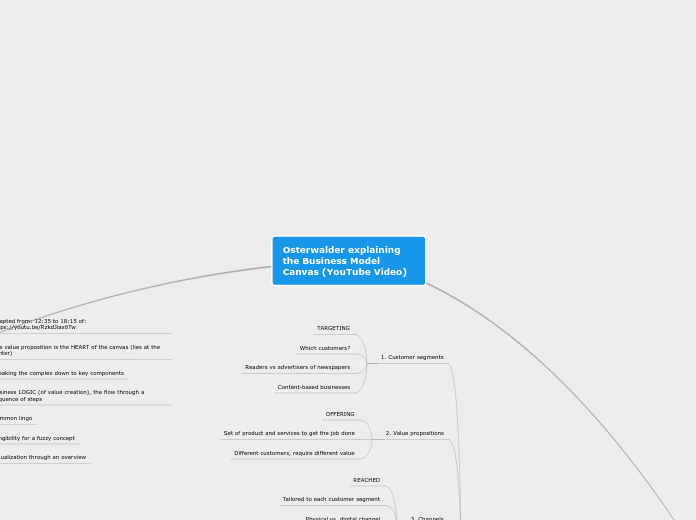

Lesson 5 Osterwalter on BMC
Library of Alexandria‑k egina


NK-Profitability
Nitin Kashyap‑k egina


Up MAP
Ivan Kochetov‑k egina
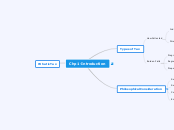

Chp1-Introduction
Benney-Morris Benney-Morris‑k egina
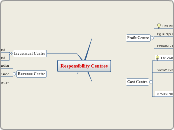

Responsibility Centres
Catherine Tang‑k egina


topic
Darya Gorbashova‑k egina
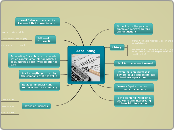

accouting
cecy galindo‑k egina
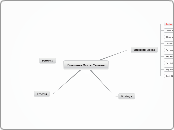

BusinessModelCanvas
Yeounjoon Kim‑k egina
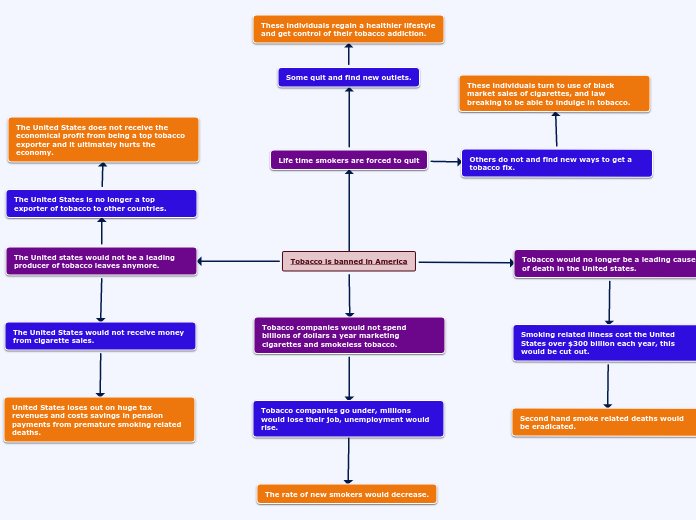

Tobacco is banned in America
Bri Marquez‑k egina
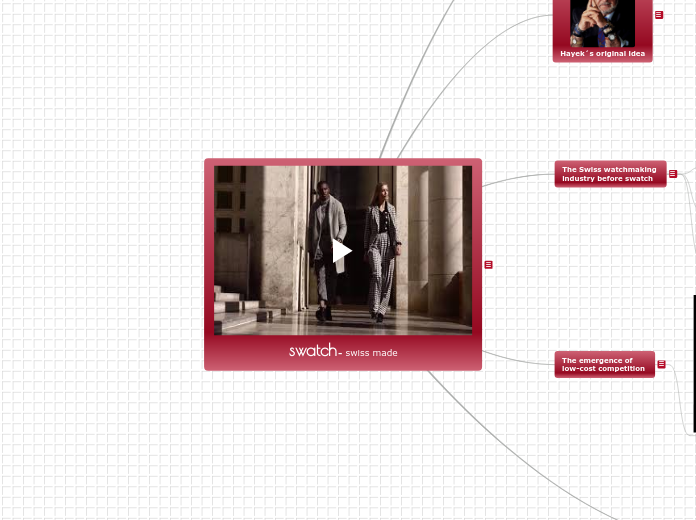

meracarreirocamilo@gmail.com
Camilo Mera‑k egina
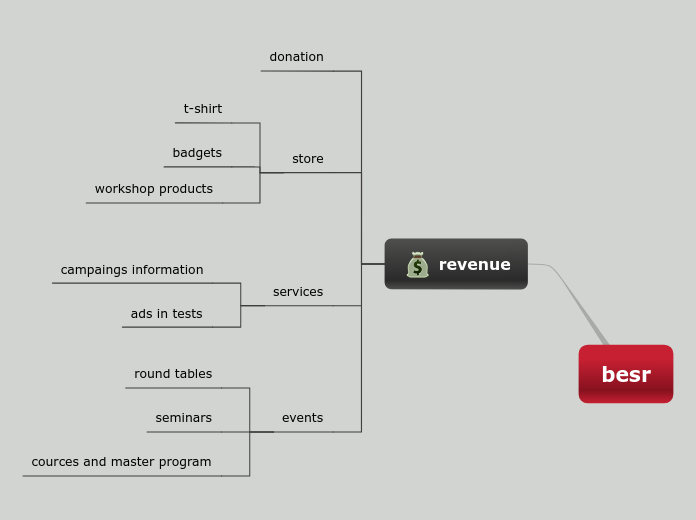

Central topic
Vladislav Velkov‑k egina
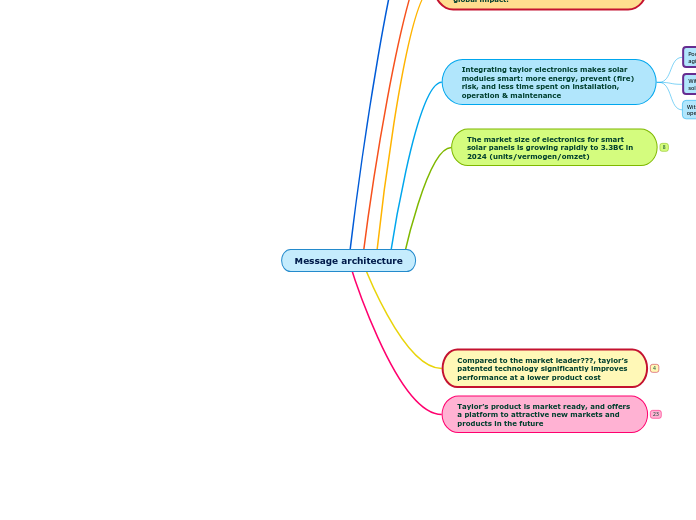

Message architecture MR2
Michiel Roelofs‑k egina
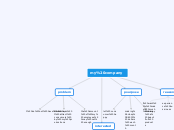

plan A
Tiffany Tian‑k egina
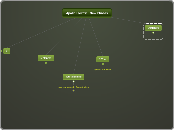

Apollo Electric: New Phase
Greg Wilnau‑k egina


Social change
Dyment Gabby‑k egina
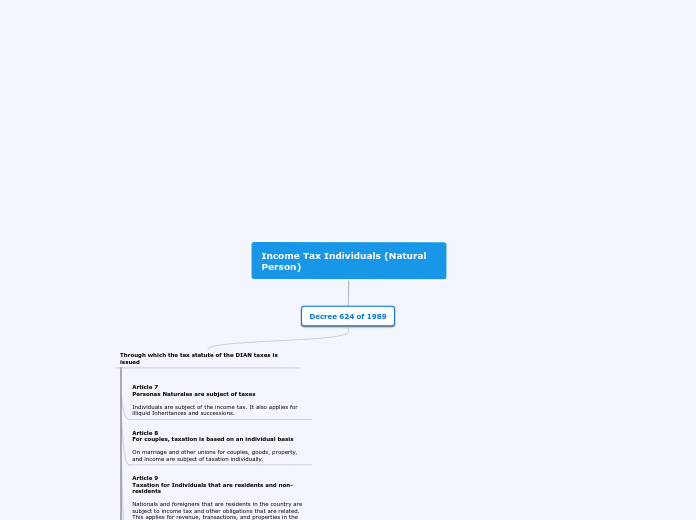

Income Tax Individuals (Natural Person)
Valeria Rodríguez‑k egina
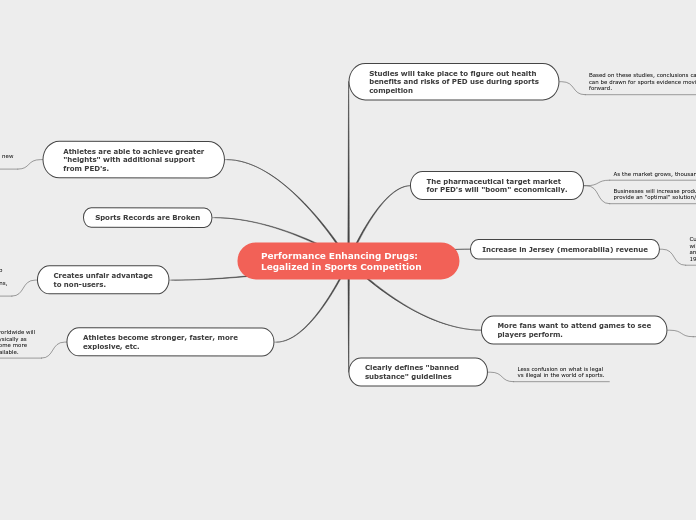

Performance Enhancing Drugs: Legalized in Sports Competition
Dalven Brushier‑k egina


Hotel Development
Alexa Kachichian‑k egina
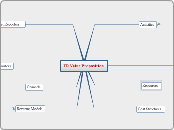

TR_Biz
Wayne Smith‑k egina
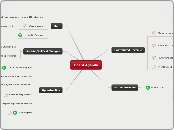

Board Agenda
eric vagle‑k egina
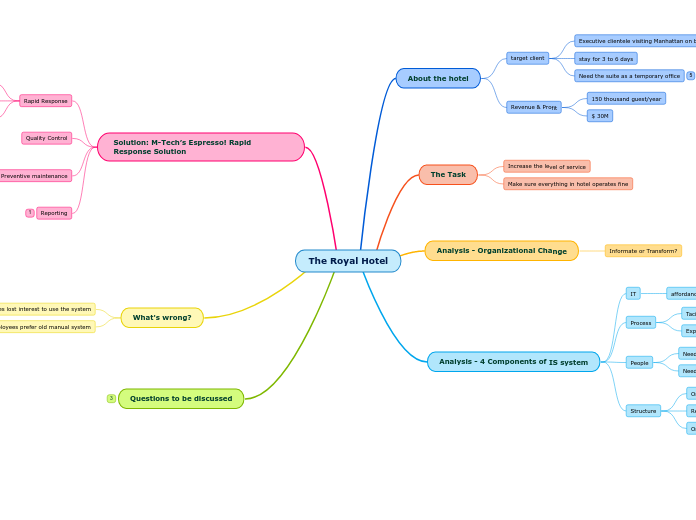

The Royal Hotel
GONG GONG‑k egina


CONIAS Business Model Canvas
Thomas Juli‑k egina


What if possession of controlled substances were no longer illegal?
Darian Gulfo‑k egina
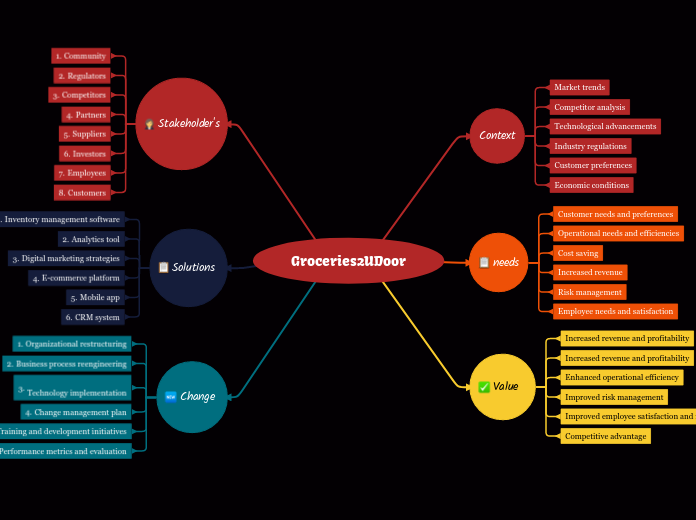

Groceries2UDoor
Manisha Choudhary‑k egina
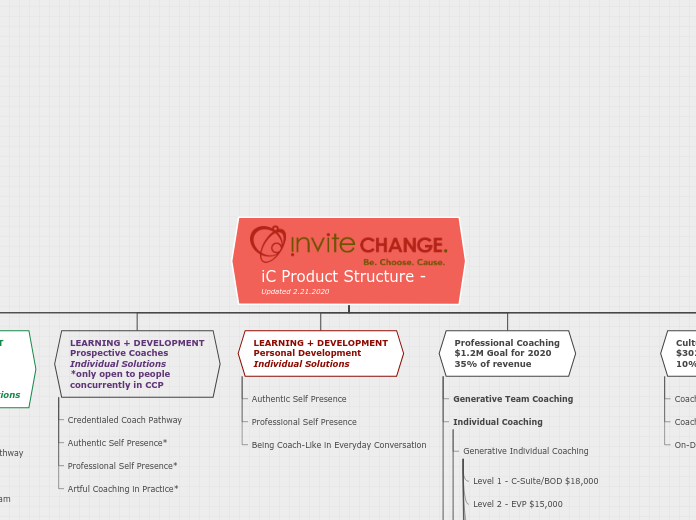

NEW iC Product Structure v2
Steve Thorson‑k egina
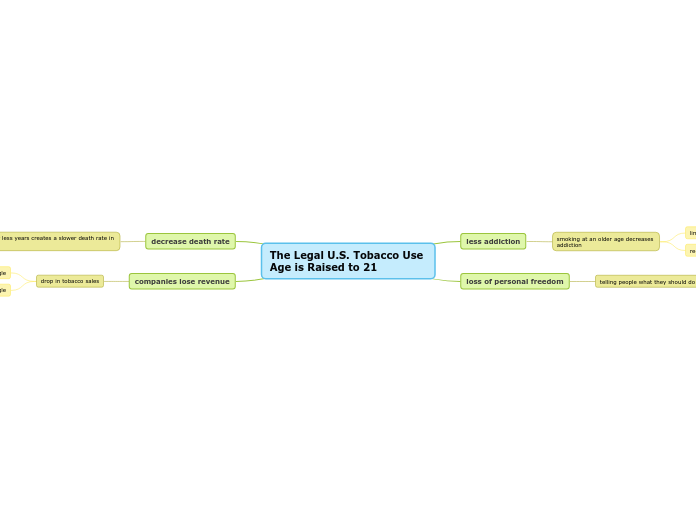

The Legal U.S. Tobacco Use Age is Raised to 21
herica mejia‑k egina
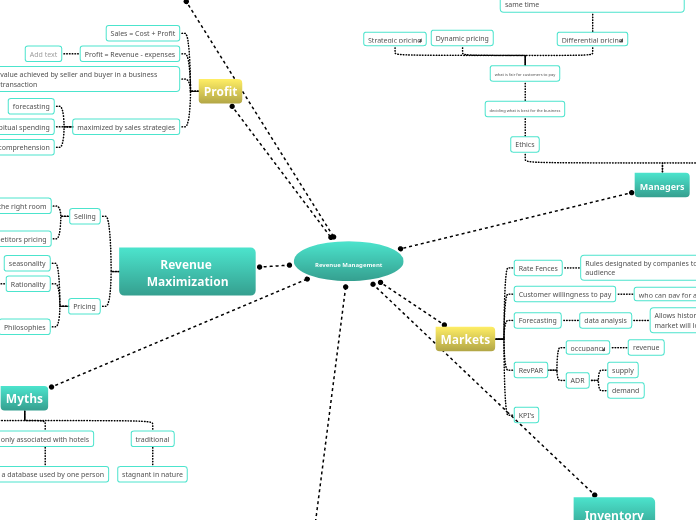

Revenue Management
Paige K‑k egina
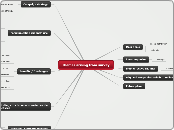

thesis
Bettina Mangion‑k egina
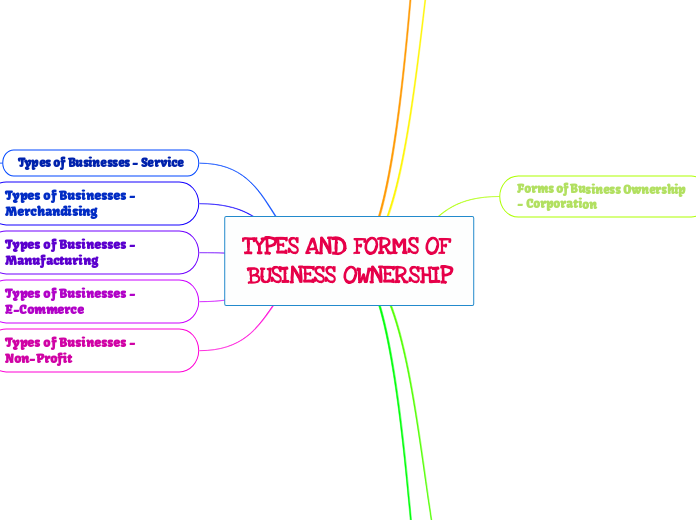

TYPES AND FORMS OF BUSINESS OWNERSHIP
Tran Jenny‑k egina
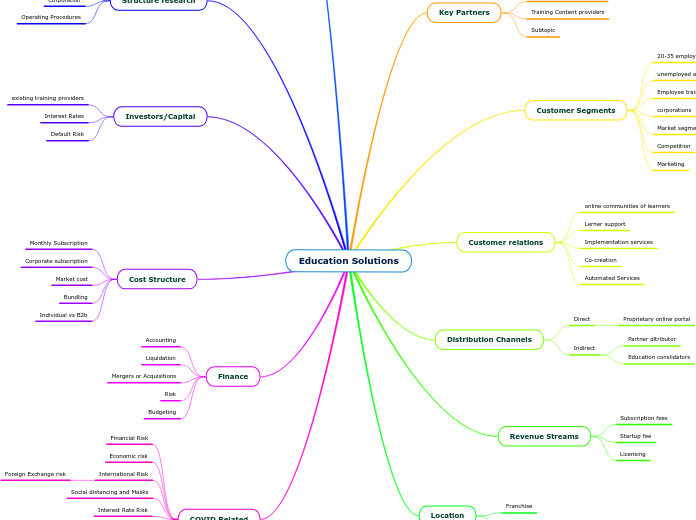

Education Solutions
Maciej Kosinski‑k egina


froms and types of businesses
Yuxuan Zheng - Rick Hansen SS (2542)‑k egina
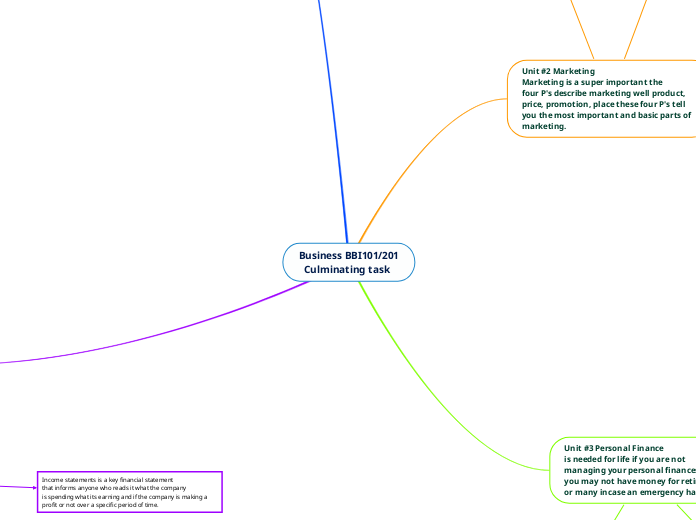

Business BBI101/201 Culminating task Final By:Ben Trenholm
Ben Trenholm‑k egina
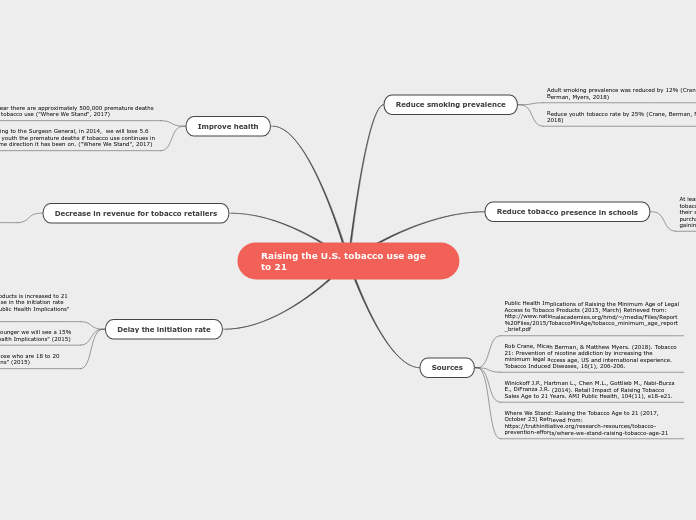

Raising the U.S. tobacco use age to 21
Karissa Witt‑k egina
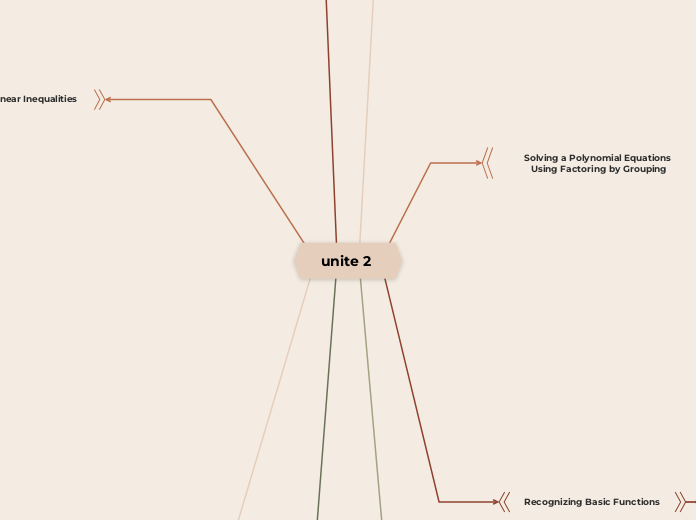

unit 2
Kassandra Perez‑k egina
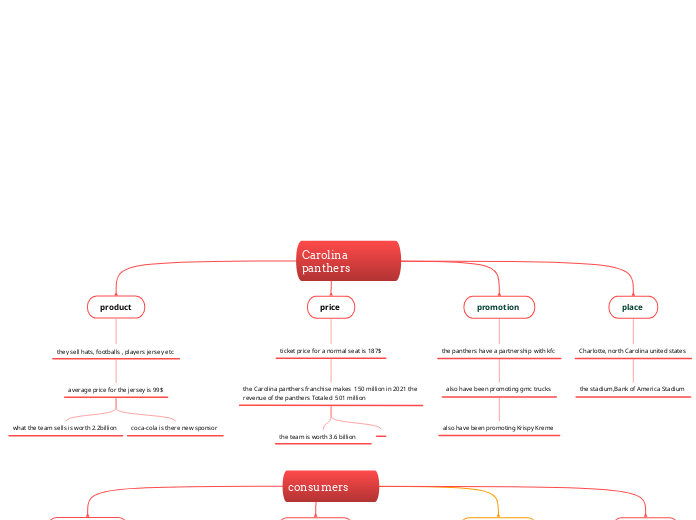

Carolina panthers
Simpson McKenzie‑k egina
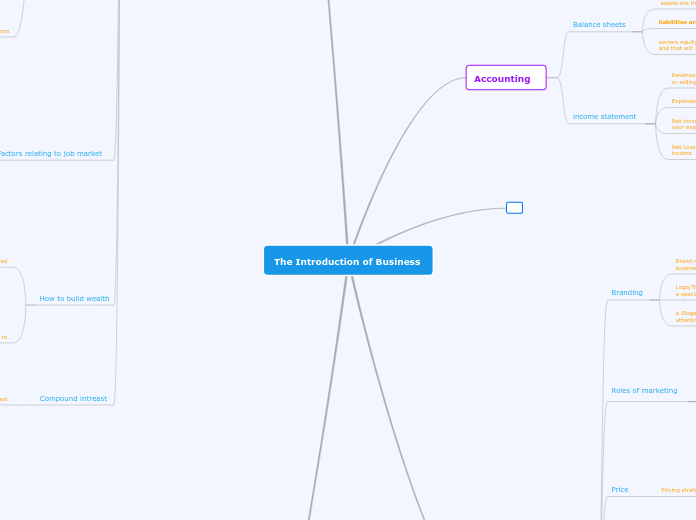

The Introduction of Business
Hunter Bozanin‑k egina


Viettel Global Company
14. Đỗ Minh Giang‑k egina
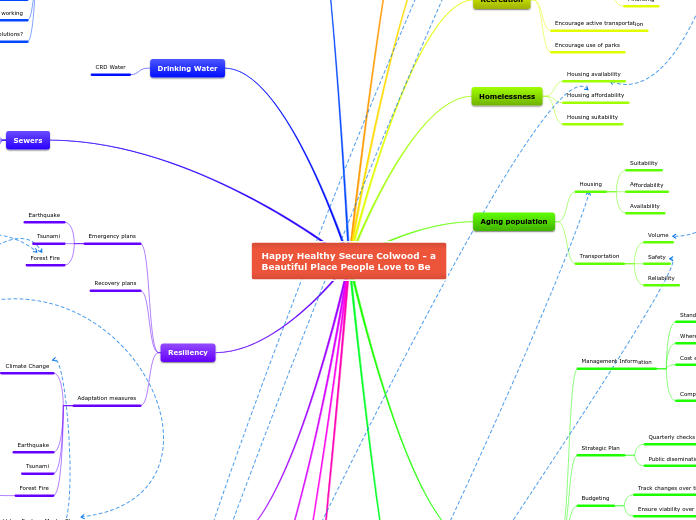

Happy Healthy Secure Colwood
Michael Baxter‑k egina


Game Idea
Julius Nugraha‑k egina


Revenue Management
Katie Reuss‑k egina
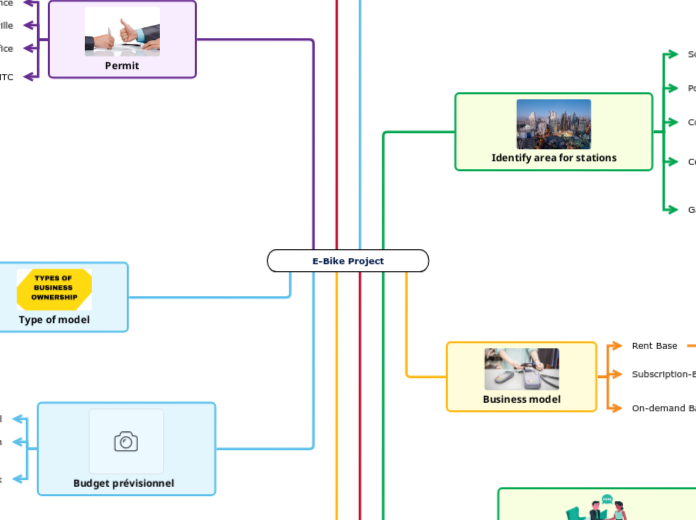

E-Bike Project
Fritz lee‑k egina
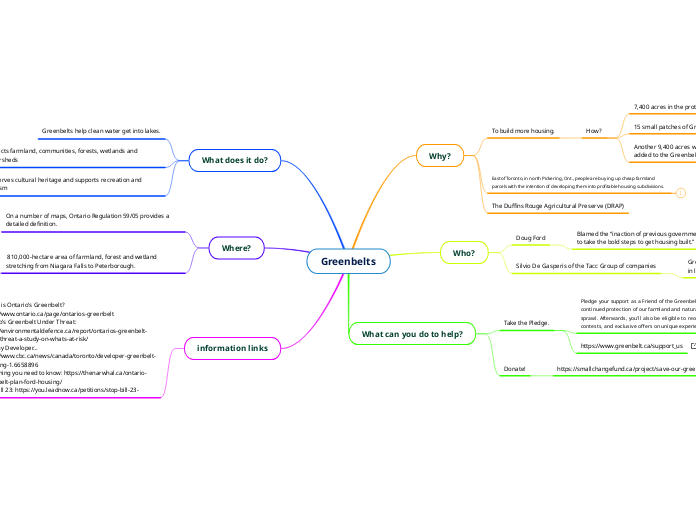

Greenbelts
liam robinsin‑k egina
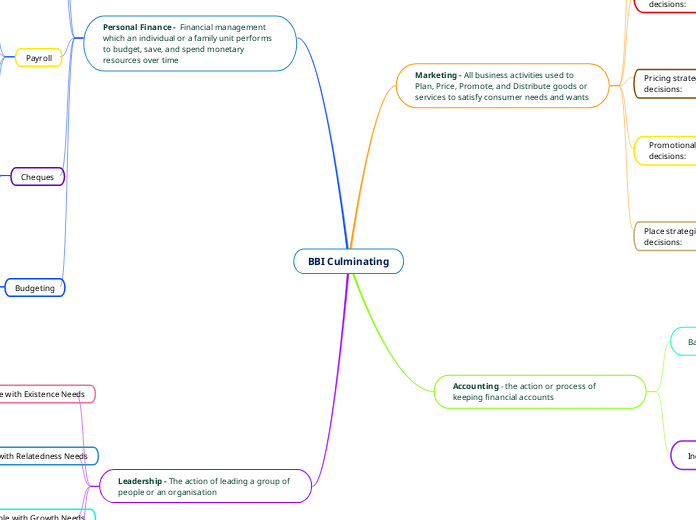

BBI Culminating
Ryne Graves‑k egina
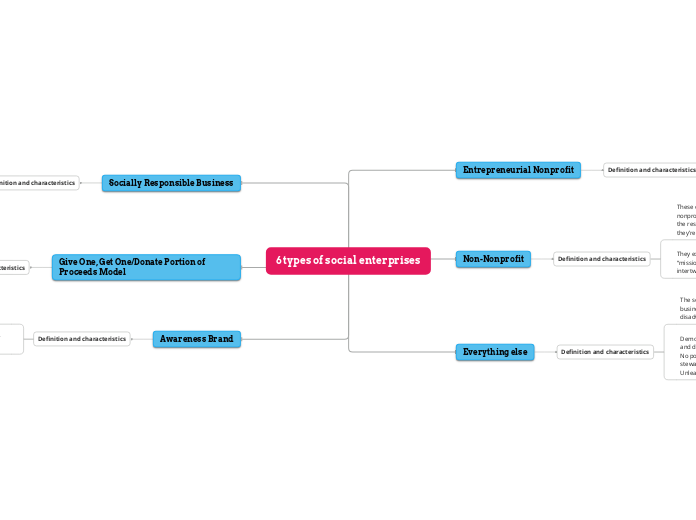

1. Entrepreneurial Nonprofit These are tax-exempt entities supported, at least in part, by earned income (although I’ve seen it argued once or twice that an innovative nonprofit idea, even without earned income, makes the cut). To reach entrepreneurial nonprofit status, these organizations can either (a) implement a revenue-generating program or (b) adopt an overall entrepreneurial business model. Funding Their main funding sources typically are grants from foundations and donations from the general public (the cornerstone of the tax-exempt nonprofit model), although in some circumstances loans from banks, or from foundations in the form of program-related investments, are also possible. Examples Girl Scouts of America, with its much-loved cookie sale program, and Daily Table and With Love L.A., retail grocers bringing healthy, affordable food options to neighborhoods that don’t otherwise have access. 2. Non-Nonprofit Never heard of this one? I’m not surprised — I made it up, for the sake of clarifying often-overlooked yet meaningful distinctions. These organizations start with social mission, much like a nonprofit, and then figure out a way to make it work outside the restrictions of a tax-exempt model — in other words, they’re a for-profit business. They exist primarily to address a social issue (“mission-first” or “mission-centric”), with revenue-generating activities intertwined with change-making activities. They don’t form as for-profits because they are in business “for profit”; rather, it’s a decision that allows for higher-capacity growth, sustainability, innovation and risk-taking — all components of highly successful entities in other sectors — than is generally permitted under the regulations that come with tax-exemption. Funding The ideal funding source here is program-related investments from foundations, which provide low-cost capital at a critical early stage and prevent compromising the fullest expression of mission for financial returns down the road. In some cases, grants from foundations or investments from traditional angel investors or venture capital firms also may be possible. Examples Everytable, seeking to eliminate food deserts through affordable grab-and-go meals with a first-of-its-kind sliding scale model; and InvestED, opening access to capital to low-income entrepreneurs globally with a creative combination of edtech and fintech. Others that fall in this category include Generation Genius, Amplio Recruiting, Nightingale Apps, Tickleberry Place, Mini City and Neopenda. 3. Socially Responsible Business This is the biggest bucket of them all and includes benefit corporations, Certified B Corporations, and all things double- and triple-bottom-line. While these types of entities can be created primarily to address a social issue, it’s more common that this categorical distinction is based on the adoption of practices benefiting community, employees or environment (generally more aligned with the idea of doing business better). In the case of benefit corporations and B Corps, this distinction is included in the company’s formational documents, along with a provision stating that they are legally permitted to honor this distinction (whether that be company culture, responsible sourcing, etc.), even at the expense of shareholder profit maximization. Worth noting here is that benefit corporations are a legal entity formed at the state level, whereas B Corp is a certification available to other for-profit entities (such as corporations and LLCs). Double-bottom-line denotes a focus on social returns alongside financial ones, while triple-bottom-line denotes a focus on environmental, social and financial returns. Funding Primary funding options here include traditional angel investments and venture capital, as well as program-related investments in some circumstances. Examples THRIVE Farmers Coffee, on the more mission-centric side; Ben & Jerry’s and Patagonia, on the more build-a-better-business side. 4. Give One, Get One/Donate Portion of Proceeds Model These companies direct some portion of their business toward charitable work and are almost always layered into the preceding and subsequent categories (falling on either side of it in the diagram above). Revenue-generating activities are generally wholly separate from change-making activities and, in many cases, the social component is an add-on to the company’s core business. Because these models generally feed back into traditional nonprofit system, I break it out as a separate subcategory. Funding Same as above Examples TOMS, Warby Parker, Good Spread, Newman’s Own. 5. Awareness Brand While some will expand these terms to include virtually everything in the previous two categories, we think they also capture a different type of company not yet mentioned — those that sell products designed to engage community and bring awareness to a social issue, but whose primary activities don’t necessarily address the root cause of the social problem they’re bringing awareness to. Funding Same as above Examples Beautiful in Every Shade, So Worth Loving. 6. Everything Else There is no one-size-fits-all, and not every entity will fit neatly in these categories (particularly given the constantly evolving nature of this sector). The social enterprise employment model, which uses the business to provide meaningful work and empowerment to a disadvantaged population (like Bitty and Beau’s Coffee), is a component that can be layered into any of the categories discussed above Then there are outliers like Fruitcraft (formerly the California Fruit Wine Company), which is pioneering a new model called social value enterprise (SVE). While an untrained eye might classify this as a socially responsible business (group 3 above), the folks behind Fruitcraft are very clear about striving for more — namely using market forces to incentivize and reward thinking about the whole — with three defining aspects they claim put SVE in a category of its own: Democratic ownership by employees, including accountability and decision making within the company. No possibility of sale, keeping the company permanently stewarded by the workforce for the benefit of society. Unleashing 100% of profits for social good.
lucciano alcaraz‑k egina


Revenue Management
Viv Peasley‑k egina
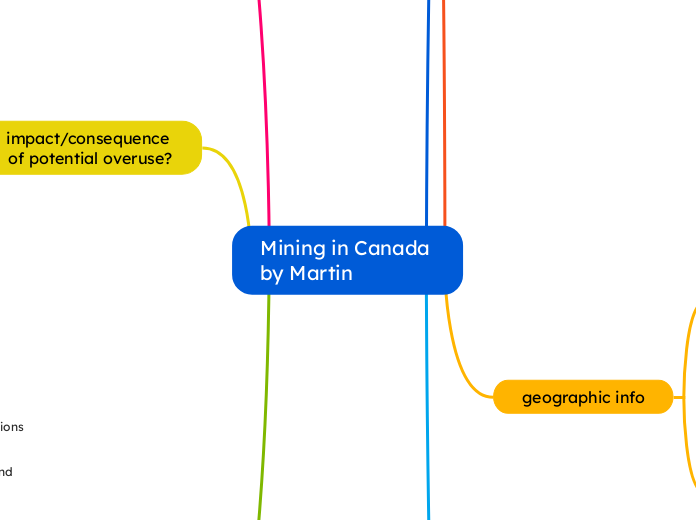

Mining in Canada by Martin
Martin Kikot‑k egina


My ideas
FH - 12LS 1059420 Rick Hansen SS‑k egina
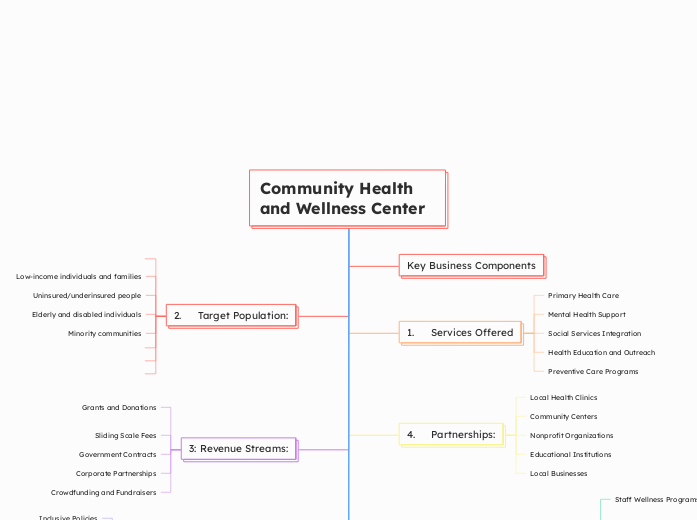

Community Health and Wellness Center
Lucy Ernest Abadi‑k egina


ICSS Unit 1
Sua Janna‑k egina



